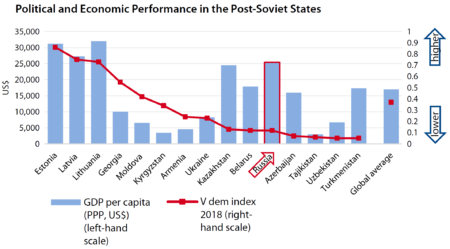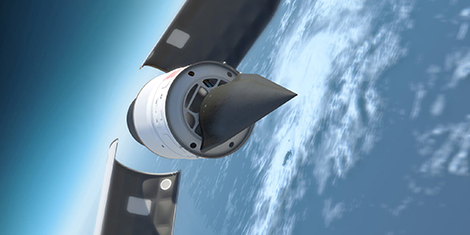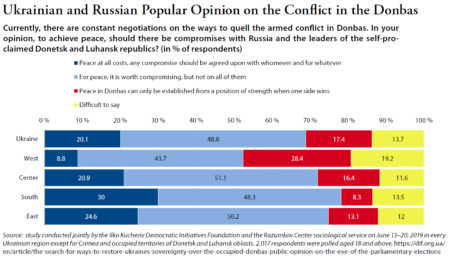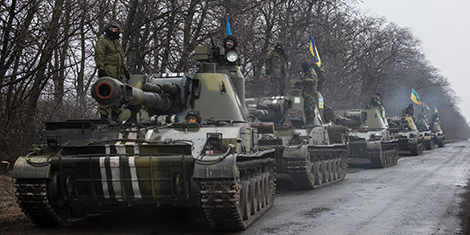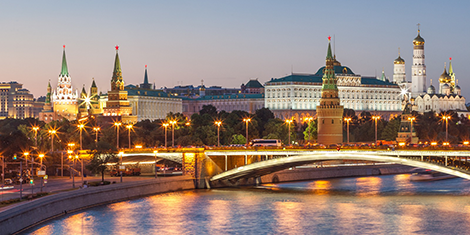
This article was originally published by Political Violence @ a Glance on 27 November 2019.
In this new series, experts give their quick responses to five questions about the most important news of the day.
What should the United States be most concerned about regarding possible meddling by Russia in US elections?
Jesse Driscoll: I think three things are pretty concerning. First, it’s concerning that the kinds of interventions we have evidence of can easily be “up-scaled” without necessarily violating laws. Second, I find it concerning that the Russian government is so entrepreneurial about identifying polarizing issues that do not seemingly have anything to with US-Russia policy—suggesting they may be fine-tuning models of voter turnout suppression that could induce disgust and be micro-targeted. Third, and most importantly, I think it’s clear that Russia is just experimenting. It’s easy to imagine other countries doing more, with more resources, in the near future.

